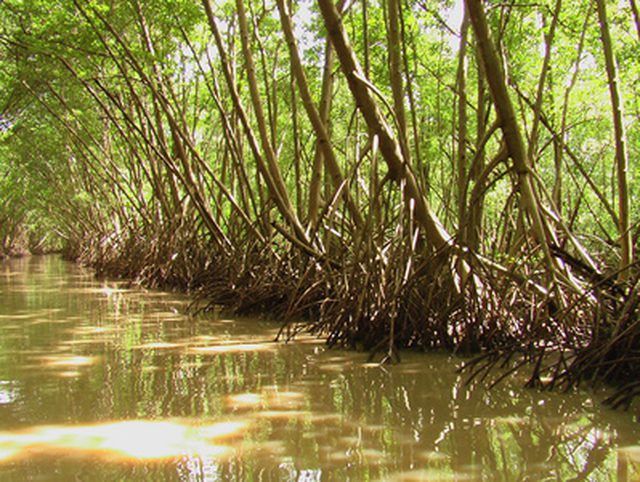Bulbs
Flower Basics
Flower Beds & Specialty Gardens
Flower Garden
Garden Furniture
Garden Gnomes
Garden Seeds
Garden Sheds
Garden Statues
Garden Tools & Supplies
Gardening Basics
Green & Organic
Groundcovers & Vines
Growing Annuals
Growing Basil
Growing Beans
Growing Berries
Growing Blueberries
Growing Cactus
Growing Corn
Growing Cotton
Growing Edibles
Growing Flowers
Growing Garlic
Growing Grapes
Growing Grass
Growing Herbs
Growing Jasmine
Growing Mint
Growing Mushrooms
Orchids
Growing Peanuts
Growing Perennials
Growing Plants
Growing Rosemary
Growing Roses
Growing Strawberries
Growing Sunflowers
Growing Thyme
Growing Tomatoes
Growing Tulips
Growing Vegetables
Herb Basics
Herb Garden
Indoor Growing
Landscaping Basics
Landscaping Patios
Landscaping Plants
Landscaping Shrubs
Landscaping Trees
Landscaping Walks & Pathways
Lawn Basics
Lawn Maintenance
Lawn Mowers
Lawn Ornaments
Lawn Planting
Lawn Tools
Outdoor Growing
Overall Landscape Planning
Pests, Weeds & Problems
Plant Basics
Rock Garden
Rose Garden
Shrubs
Soil
Specialty Gardens
Trees
Vegetable Garden
Yard Maintenance
How Do Mangroves Control Their Salt Level?
How Do Mangroves Control Their Salt Level?. Mangrove trees are an unusual species in the plant world. Their ability to grow and thrive in coastal habitats in which they function as both land plants and saltwater plants, depending on the tides, make them unique among tree species. To survive in these unusual conditions, mangrove trees have developed...

Mangrove trees are an unusual species in the plant world. Their ability to grow and thrive in coastal habitats in which they function as both land plants and saltwater plants, depending on the tides, make them unique among tree species. To survive in these unusual conditions, mangrove trees have developed many adaptations, several of which help them control their salt level.
Location
Mangroves grow along tropical or subtropical coastlines where a freshwater source (usually a river) meets with marine water. These areas are known as estuaries or deltas. The mix of freshwater and saltwater that occurs in these waters is known as brackish water.
Species
In total, there are 110 plant species that are classified as mangroves. The three most common mangrove species are the red mangrove, black mangrove and white mangrove. What distinguishes these species from one another is their position along the coastline and their mechanisms for salt regulation.
Red Mangroves
Of the three most common mangrove species, the red mangrove thrives in the deepest water level. Red mangroves grow the farthest out from the coastline and are therefore always immersed in some level of saltwater. Red mangroves are considered salt-excluders, meaning that they block salt from entering their roots. Red mangroves are able to effectively block 90 to 97 percent of all salt particles they come into contact with. The small amount of salt that does enter a red mangrove’s system is stored in the tree’s oldest leaves, which are then shed.
Black Mangroves
Black mangroves live farther inland than do red mangroves, in areas where they are only immersed in saltwater during high tide. Black mangroves are considered salt-excretors. This means that they allow salt to enter through their roots, but then excrete most of that salt through small glands located on the surface of their leaves. Thus, the upper side of a black mangrove leaf is often coated with salt crystals.
White Mangroves
The most inland of the three species, the white mangrove, tolerates less salt than the red or black mangrove. White mangroves are salt-excretors, and similarly to the black mangrove, they excrete excess salt through glands on their leaves.